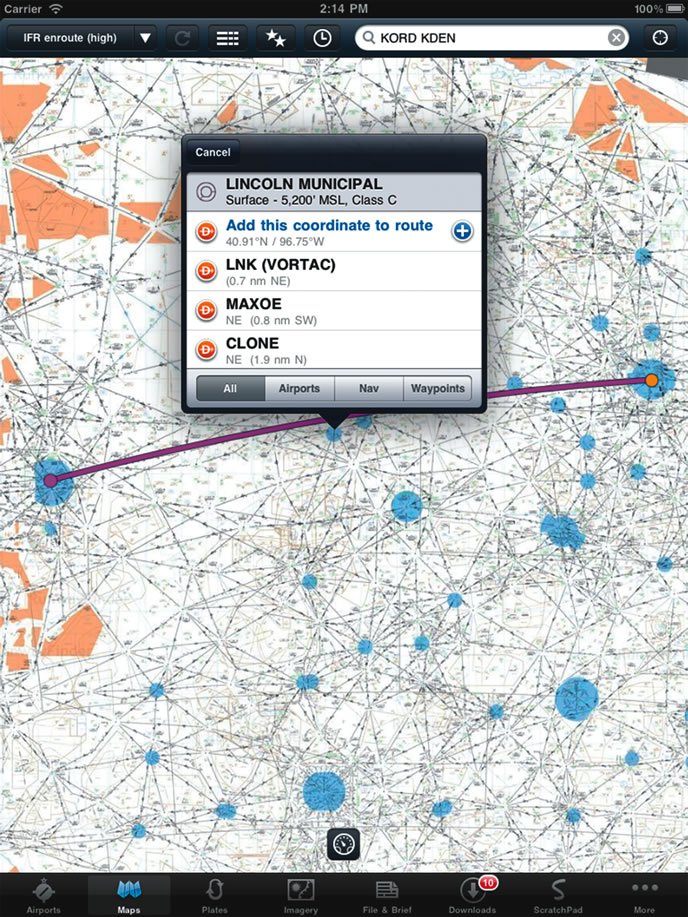Pilots routinely make strategic plans for their flights. By expanding that idea a little to imagine some “what ifs” at various points along the planned flight—weather deterioration, passenger problem, airplane or system malfunction, or other potential hazard—and then decide on alternative plans for each major stage of the flight, the risk of plan-continuation bias and the negative effects of snowballing workload and stress are reduced.

– Slow down the airplane when the workload goes up. In the terminal area if you are at high cruise and things are happening too fast, pull the power back to the bottom of the green and buy more time to handle the workload.
– Checklists and briefings can be used in more positive ways. Carry them out a little more slowly and deliberately, possibly touching each item being checked. Initiate checklists at specific points in the flight: top of climb, top of descent, etc.

– Any interruption or task that gets performed out of sequence is treated as a red flag with consistent cues being set up to remind the pilot that there was an interruption.




